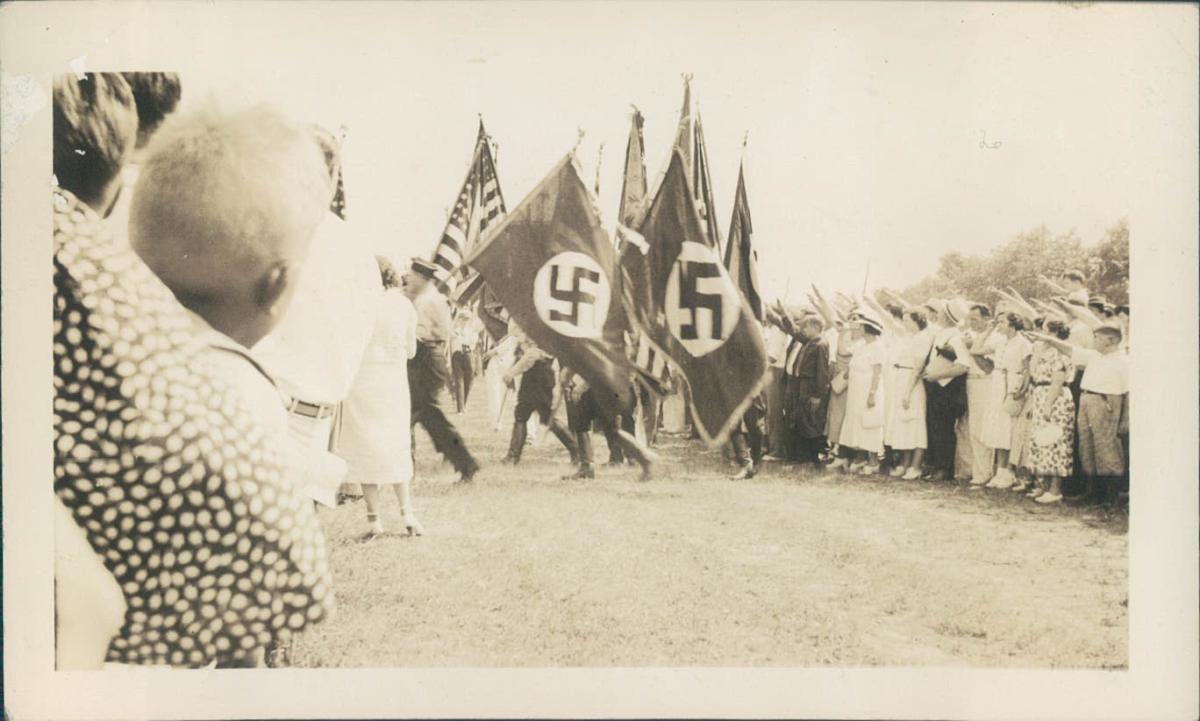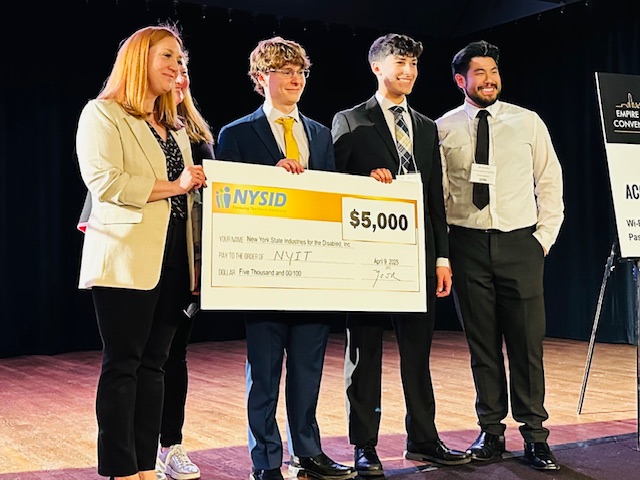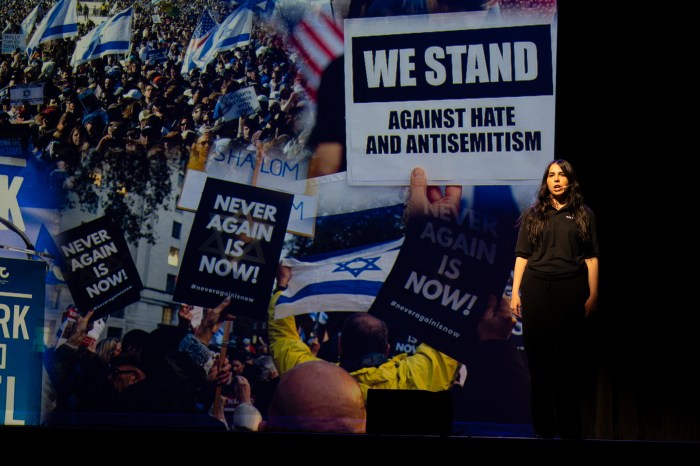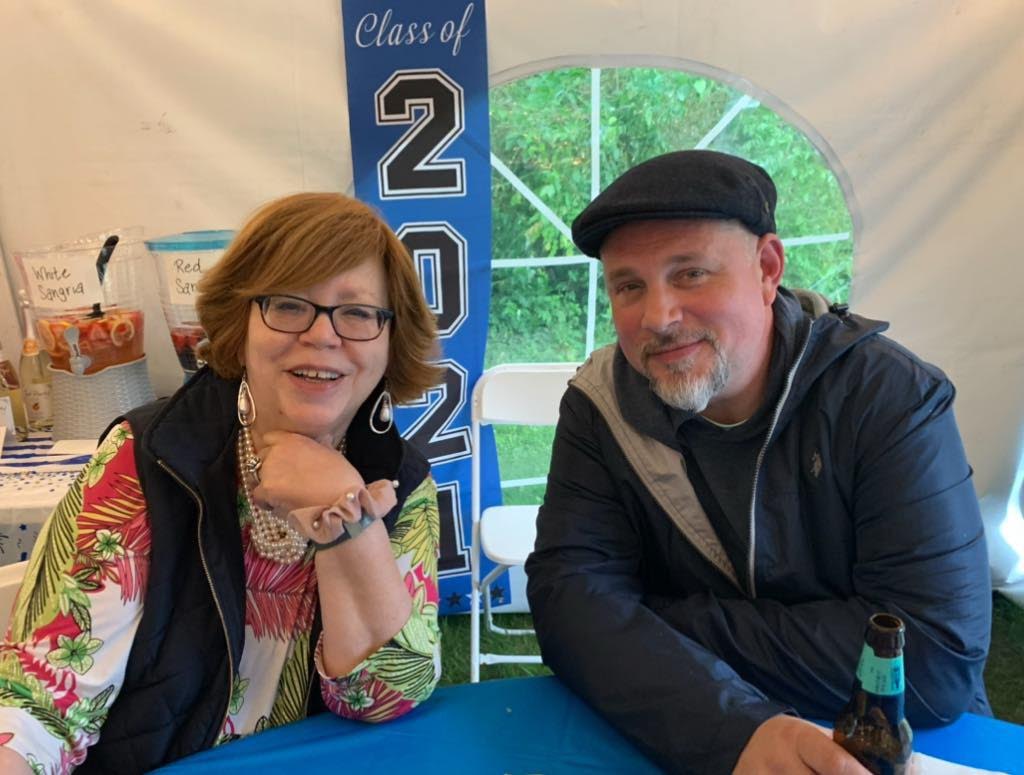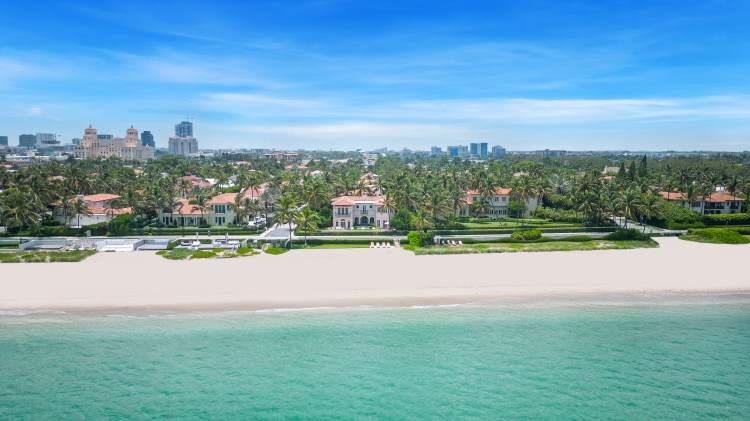On the shore of Upper Yaphank Lake, happy children picnicked, hiked, and explored 54 wooded acres deep in Suffolk County. At least 150 children summered at Camp Siegfried in the 1930s, learning camping skills and studying international ideologies as their families struggled through the Great Depression.
By 1933, unemployment nationwide was at 25 percent; in Yaphank, jobs for tradespeople and craftspersons were scarce. Few graduated from high school, toiling instead in potato and cauliflower farm fields for 50 cents an hour.
When Siegfried’s operators, the German-American Settlement League, proposed an 11-acre housing development opposite the camp in 1936, the Town of Brookhaven Planning Board approved the German Gardens project, hoping it would bring business.
It looked like a win-win deal.
Happy Campers?
Camp Siegfried and many camps across the nation were sponsored by the German-American Bund (“Bund” means “alliance” in German), which focused on Americans of German descent. The group’s aim: Blend American democracy and European fascism.
Yet the campers’ uniforms — brownshirts and jackboots — resembled those worn in Germany by the Hitler Youth under Nazi party leader Adolf Hitler. All non-Jewish boys were required to join for paramilitary training.
Hitler had seized absolute dictatorial power in 1933 by delivering diatribes against economic policies, racial equality, and political stability, at rallies filled with enthusiastic crowds. He transformed Germany into a totalitarian state where almost every aspect of life was under government control, in accordance with Nazism beliefs.
By 1935, Hitler supplied Camp Siegfried with teachers and German philosophy textbooks and smuggled in uniforms. Yaphank youth were taken on trips to Germany, including a 1936 trip to the Olympics, where Hitler urged Siegfrieders to maintain the kampf, the struggle, in the states.
Camp Siegfried’s purpose was to raise future leaders of America; they had to be Aryans, adhering to another key Nazism belief: Aryans — Nordic-looking, non-Jewish Caucasians — were the so-called master race. But life was far from idyllic. Forced to sleep in tented platforms, campers cleared brush and trees, and built infrastructure. They were coerced into having sex with campers to preserve the Aryan race, and to attend anti-Semitic, white supremacist lectures by propagandists promising that they, the “Friends of New Germany in America,” would be as important as storm troopers, the private Nazi army known for violent attacks.
Racial politics came to Long Island as Bund leaders demeaned Jews, communists, and labor unions. In Germany, Hitler intensified persecution of non-Aryans.
Free Dances
In Yaphank, the German-American Settlement League invited Bundists and other German-Americans to visit, promising free dances, celebrations, and camaraderie. The Long Island Rail Road Camp Siegfried Special ran from Penn Station every Sunday to Yaphank, where uniformed marchers greeted guests with Heil Hitler (Hail Victory) salutes and sang the Nazi National Anthem. With Hitler portraits prominently displayed, orators denounced Jews, insisting that German blood was different than others’ blood.
By 1937, pro-Nazi sympathizers occupied German Gardens’ bungalows on Adolf Hitler Strasse and on streets named after Hitler’s head honchos. Embedded in the houses’ brickwork were swastikas, fascist symbols of severe economic regimentation and forcible suppression of opposition. Residents drank beer with local political activists and gun enthusiasts (the Bund was affiliated with the National Rifle Association), and the development flourished. In August 1938, A New York Times article headlined “40,000 at Nazi Camp Fete” reported that nearly “40,000 persons attended the annual German Day of Long Island at Camp Siegfried.” About 2,000 uniformed Ordnungsdienst storm troopers kept order.
At a Madison Square Garden rally in February 1939, some 20,000 attendees raised Nazi salutes to a George Washington portrait flanked by a picture of Hitler. Hitler invaded Poland six months later.
The People Wake Up
Locals became disenchanted with the demonstrations and saw to it that the camp’s liquor license was not renewed. When Democratic leaders condemned the pro-Nazi behavior, campers blamed the media for negative accounts and supported the Republicans. Young villagers ripped apart the swastika-shaped flowerbed, fired buckshot at the camp water tank, painted “Down with Hitler” on the main camp building, and overturned outhouses.
All pro-Nazi camp activity stopped when America entered World War II after the 1941 Pearl Harbor attack. The camp closed and the FBI placed many Nazi sympathizers in a nearby Camp Upton stockade. The property was incorporated into the town of Yaphank as Siegfried Park, no longer under German-American Bund control.
An American flag and a German flag now fly from the clubhouse where a swastika flag flew. The Nazi-named streets were renamed, including Adolf Hitler Strasse: It’s now Park Street.




